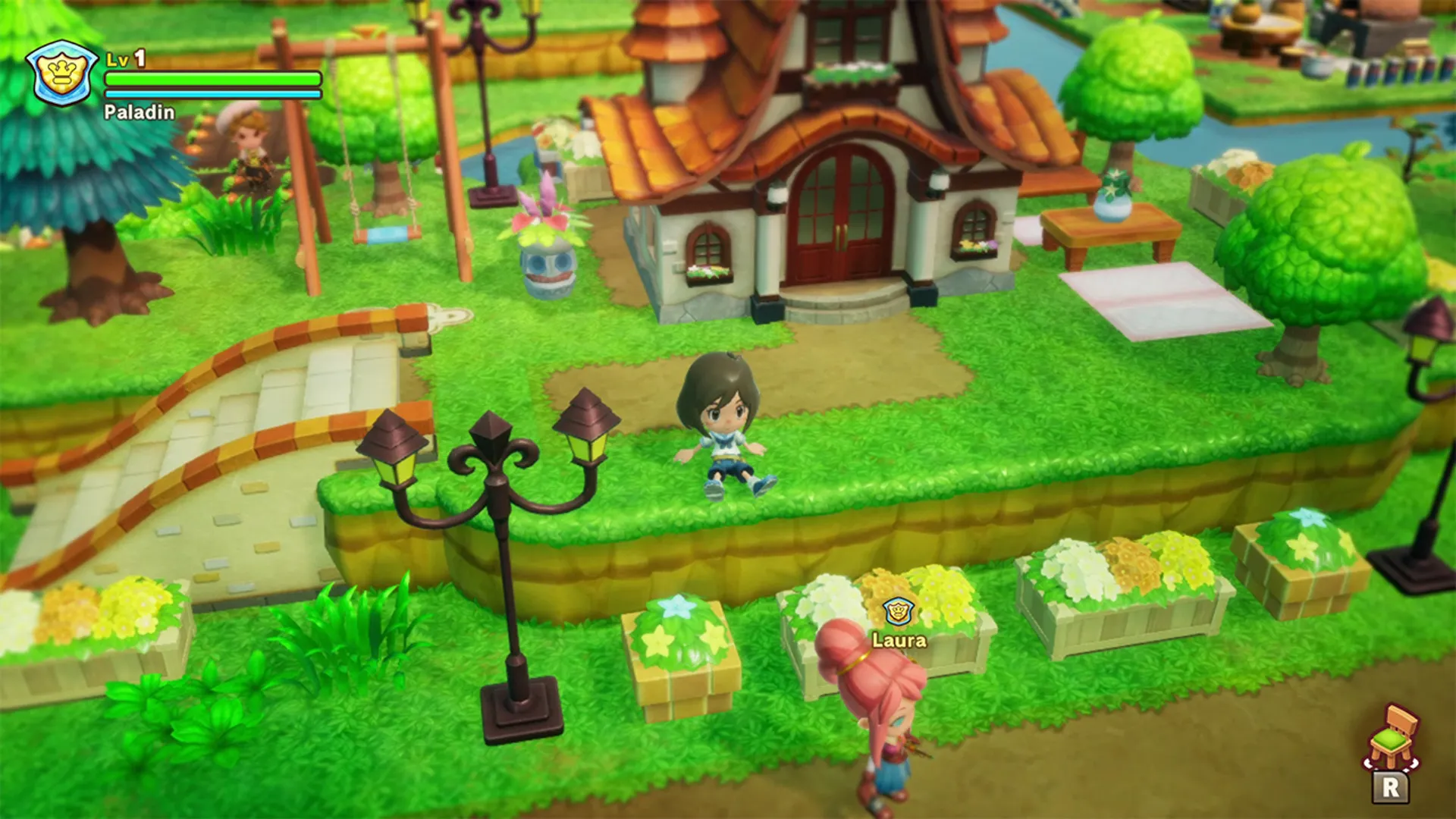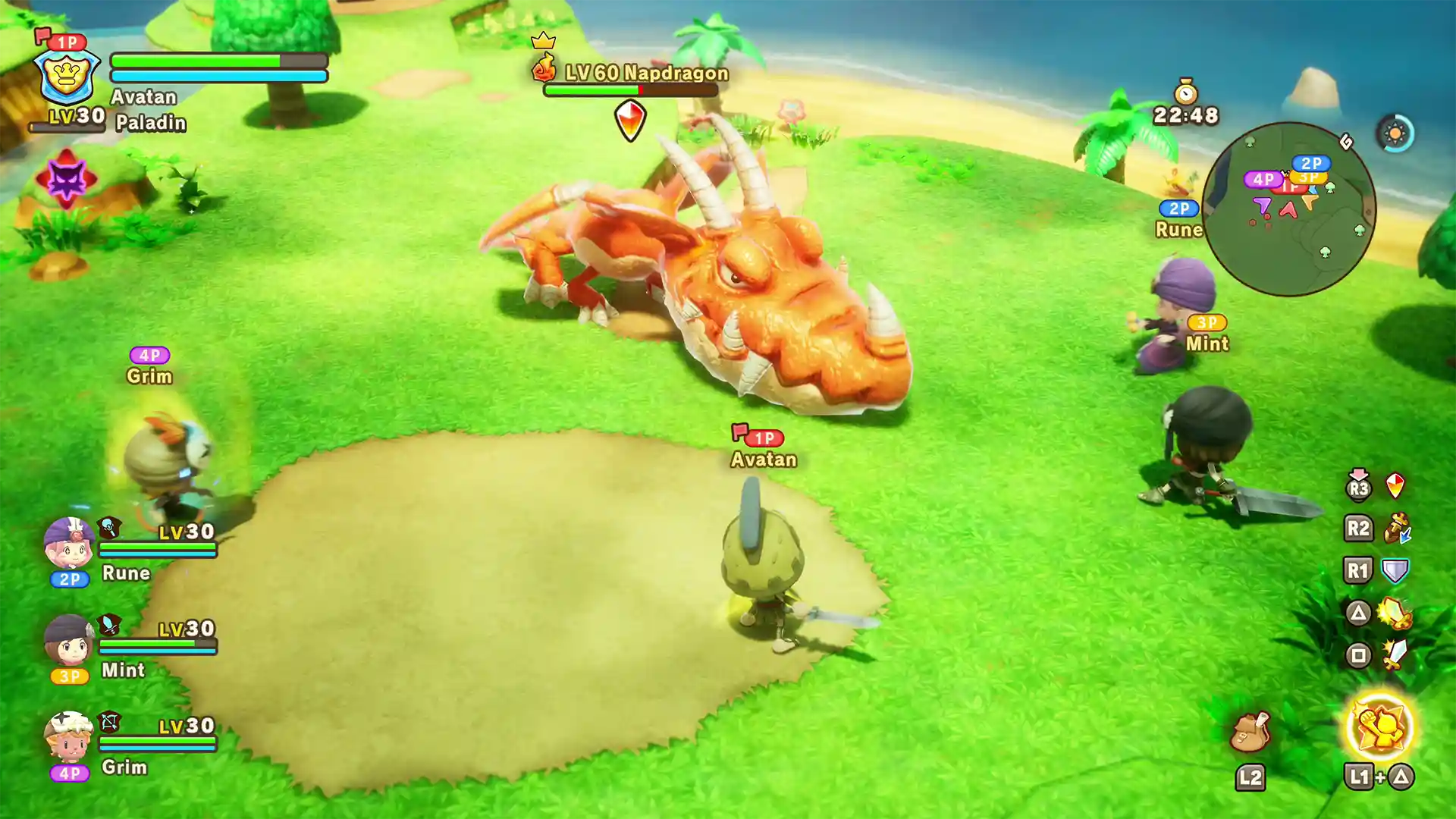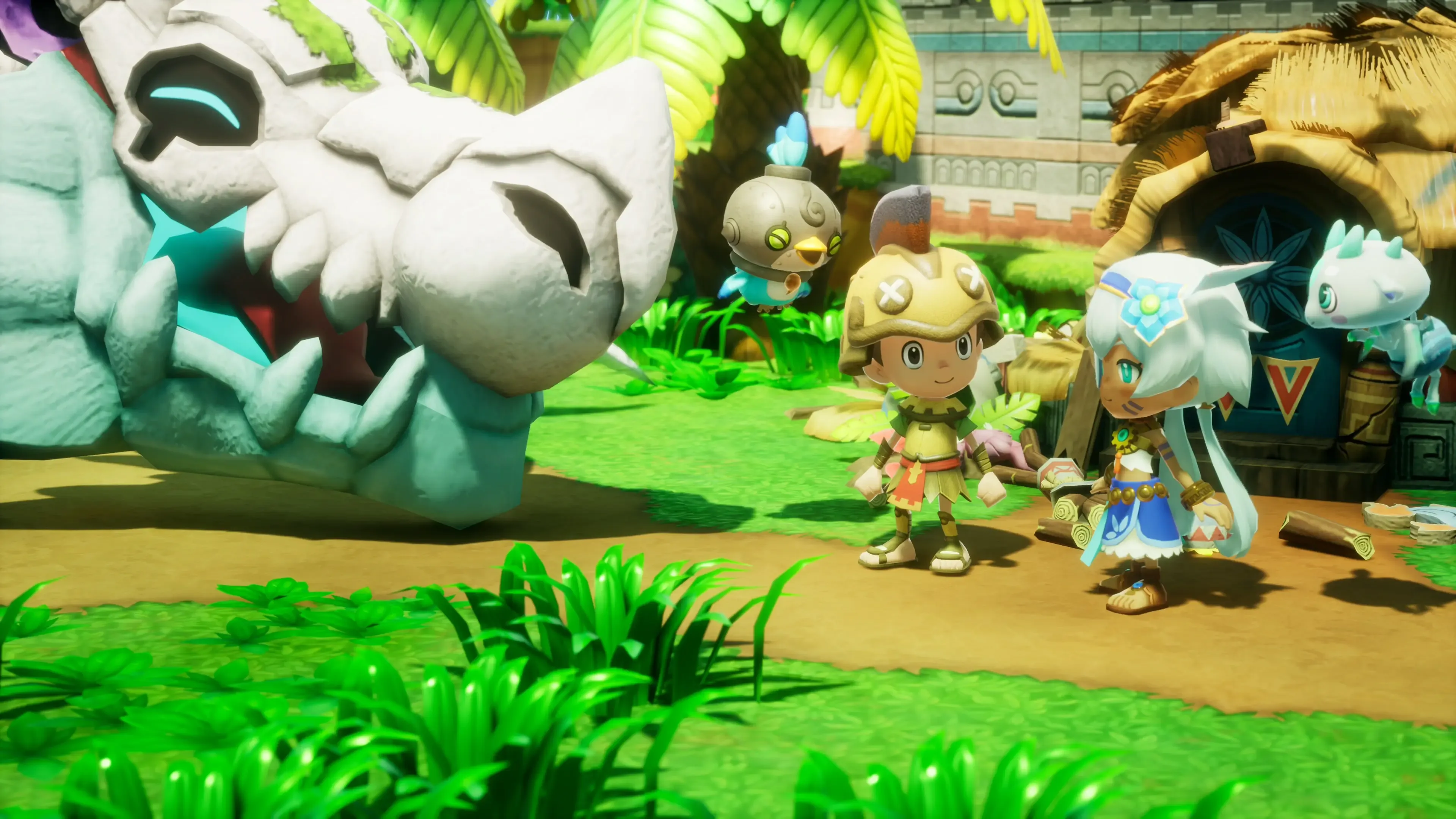
Fantasy Life i: The Girl Who Steals Time – Why This Cozy RPG Might Be Your Next Obsession
Sun May 11 2025
A Long-Awaited Sequel
Fantasy Life i: The Girl Who Steals Time is a game that feels like a long-lost letter from a dear friend. Over a decade after the original Fantasy Life charmed Nintendo 3DS players with its mixture of adventuring, crafting, and slice-of-life RPG mechanics, Level-5 is finally delivering the follow-up fans have been quietly dreaming about. Slated for release on Nintendo Switch, Fantasy Life i doesn’t just continue the series—it reinvents it with time-travel, deeper life systems, and a world you shape from the ground up.
The first Fantasy Life was a cult favorite. It offered something rare even in today’s cozy game boom: a role-playing game that never rushed you, never punished you, and never forced you into a single playstyle. You could be a blacksmith, a fisherman, a mercenary, or a wizard. You could spend your days cooking or exploring dungeons. It was a playground of peaceful progression—a Stardew Valley that met Dragon Quest halfway.
Fantasy Life i builds on that legacy with bigger ambitions and bolder ideas, all while keeping its warmth and whimsy intact. But this time, there’s a twist. You're not just living in the moment. You're reshaping history itself.
Welcome to Reveria’s Past and Future
The central hook of Fantasy Life i is its time-travel narrative. You play as a traveler who washes ashore on a mysterious island, only to discover that its destiny is intertwined with your own. As you explore, gather, and craft, you unlock the ability to travel between two versions of the island: the present and a lush, magical past.
In the past, the island thrives. It's full of ancient wonders, pristine forests, and thriving communities. In the present, it’s quiet and worn, shaped by years of change and forgotten magic. Your actions in one era affect the other. Build a bridge in the past, and it will exist in the future. Help a character long ago, and their descendant may greet you differently centuries later.
This dual-world mechanic gives Fantasy Life i a narrative depth rarely seen in cozy sims. It’s not just about building your home or leveling your profession. It’s about restoring the soul of a place that’s been lost to time. And the choices you make reverberate across generations.
More Lives Than Ever Before
One of the defining features of the Fantasy Life series is its job system, called “Lives.” Each Life represents a class or profession—some focused on combat, others on crafting, gathering, or support. In Fantasy Life i, every Life returns, along with several new additions designed to reflect the series' growing complexity.
Classic Lives like Woodcutter, Paladin, and Alchemist are all back. Want to hunt monsters and swing giant swords? Go Paladin. Prefer to spend your days mixing elixirs and buffing allies? Alchemist has you covered. Each Life has its own questline, rank-up rewards, and abilities that influence every other aspect of the game. There's no wrong way to play, and you're encouraged to try everything.
This time, however, the synergy between Lives is deeper. For example, a Carpenter who levels up can build structures that improve a Hunter’s traps or a Cook’s kitchen. A Miner might find materials that unlock new Blueprints for a Tailor. The game incentivizes cross-profession mastery, turning your character into a Renaissance person over time.
New Lives teased in trailers and early demos include a Farmer class that integrates with the island’s resource management systems and a Beastmaster role that allows players to tame and train creatures from both timelines. These additions add even more flavor and choice to an already sprawling progression system.

Build, Shape, and Redesign the Island
In addition to job progression, Fantasy Life i introduces deeper sandbox mechanics. Players are not just customizing homes—they’re rebuilding entire towns. You decide where shops go, what materials your buildings are made from, and which villagers you want to invite to live alongside you. This gives the game a town-builder dimension without ever abandoning its RPG roots.
Because the island exists in two time periods, your choices in urban planning affect both timelines. You might help a village grow into a bustling city in the past, only to find that its remnants shape the present. This adds a personal, emotional layer to your architectural decisions.
You’ll gather blueprints, unlock decorations, and improve community happiness by completing requests and keeping your citizens safe and well-fed. Your town becomes a reflection of your own playstyle. Want a marketplace centered around rare cooking ingredients? Build it. Prefer to create a guild hall for traveling mercenaries? You can do that too.
A New Cast With Familiar Charm
Fantasy Life i introduces a fresh cast of characters but retains the charming art style and warm personality of the original. The art direction walks a line between children’s storybook and vibrant anime, with character designs that are expressive, diverse, and unmistakably Level-5.
Your mentor, a wise but scatterbrained time mage, offers comic relief and worldbuilding insight. The island is filled with eccentric villagers, traveling merchants, hidden sages, and even ghosts of the past. Dialog is lighthearted but thoughtful, often layering humor with surprising emotional weight. Characters grow with you. Their stories evolve as you complete side quests and improve the town.
One returning fan-favorite is Flutter, the talking butterfly companion who guides your journey, poking fun at your decisions while quietly offering heartfelt advice. These characters make the world feel alive, not just mechanically but emotionally.
Combat That Fits Your Style
Though Fantasy Life i isn’t focused on combat, it offers a flexible, action-based battle system that lets you take on enemies in your own way. Swords, axes, bows, magic staves, and more are all viable. Each Life has unique skills that change how you approach fights.
Combat is improved from the 3DS version, with faster animations, better hit detection, and more meaningful combos. Enemy AI has been revamped. Boss battles are now more than just stat-checks—they include patterns, area effects, and mechanics that force you to think, dodge, and strategize.
 More importantly, combat isn’t required to enjoy the game. You can be a pacifist Cook who heals allies. You can play a stealthy Tailor who supports others by crafting armor. Fantasy Life i rewards creativity over raw power.
More importantly, combat isn’t required to enjoy the game. You can be a pacifist Cook who heals allies. You can play a stealthy Tailor who supports others by crafting armor. Fantasy Life i rewards creativity over raw power.
The Joy of Daily Life
Where the game shines brightest is in the quiet moments. Fishing at sunrise, baking a perfect pie, planting vegetables under a full moon. These moments aren’t just mini-games—they’re the heart of Fantasy Life. Level-5 understands that the fantasy of living well is just as compelling as slaying dragons.
Daily activities are rhythm-based, tactile, and polished. Cooking feels like an event. Blacksmithing is satisfying and skill-based. Even woodcutting and bug-catching are given depth through timing mechanics and environment-specific bonuses.
 Time passes naturally, and seasons affect your schedule. Certain fish only appear in the rain. Some crops grow best in spring. These systems create a gentle sense of urgency—enough to encourage planning without ever punishing you for missing a window.
Time passes naturally, and seasons affect your schedule. Certain fish only appear in the rain. Some crops grow best in spring. These systems create a gentle sense of urgency—enough to encourage planning without ever punishing you for missing a window.
Music and Mood
The soundtrack, composed by Nobuo Uematsu, returns with a new suite of original tracks that blend fantasy whimsy with emotional undertones. The music shifts based on your location and time period, creating an audio landscape that reinforces the game’s themes of nostalgia, transformation, and personal growth.
Whether you’re walking through a crumbling ruin or watching fireflies dance over a lake, the music ties everything together. It’s not just background noise—it’s narrative in its own right.
Online and Community Features
Fantasy Life i includes optional online functionality, letting players visit each other’s islands, trade items, and participate in seasonal festivals. These features are entirely opt-in and designed to support the cozy atmosphere.
Weekly challenges encourage collaboration, while a slow-drip seasonal content calendar adds new quests, furniture sets, and cosmetics throughout the year. It’s a modern touch that respects player time and avoids the FOMO trap that plagues many live-service games.
There’s also a journaling system that logs your choices, major story beats, and favorite memories. Players can export postcards, share town screenshots, and create scrapbooks that chronicle their time in the game. It’s a beautiful nod to the idea that your life in Fantasy Life i is worth remembering.
Final Thoughts
Fantasy Life i: The Girl Who Steals Time isn’t just a sequel. It’s a culmination. A celebration of everything the cozy RPG genre has become and a bold vision for where it could go next. It combines the best of Animal Crossing, Harvest Moon, and Final Fantasy into something uniquely its own.
Level-5 has taken the time to respect what made the original special while adding modern systems and storytelling depth. The result is a game that invites you to slow down, settle in, and build a world you want to return to—not because it demands your time, but because it makes that time feel valuable.
Whether you’re a longtime fan or a newcomer to the series, Fantasy Life i is shaping up to be one of the Nintendo Switch’s most heartfelt, expansive, and rewarding adventures. It’s not just about stealing time. It’s about cherishing it.
For more on time-traveling adventures and genre-blending RPGs, explore our deep dives on The Midnight Walk and Clair Obscur: Expedition 33.